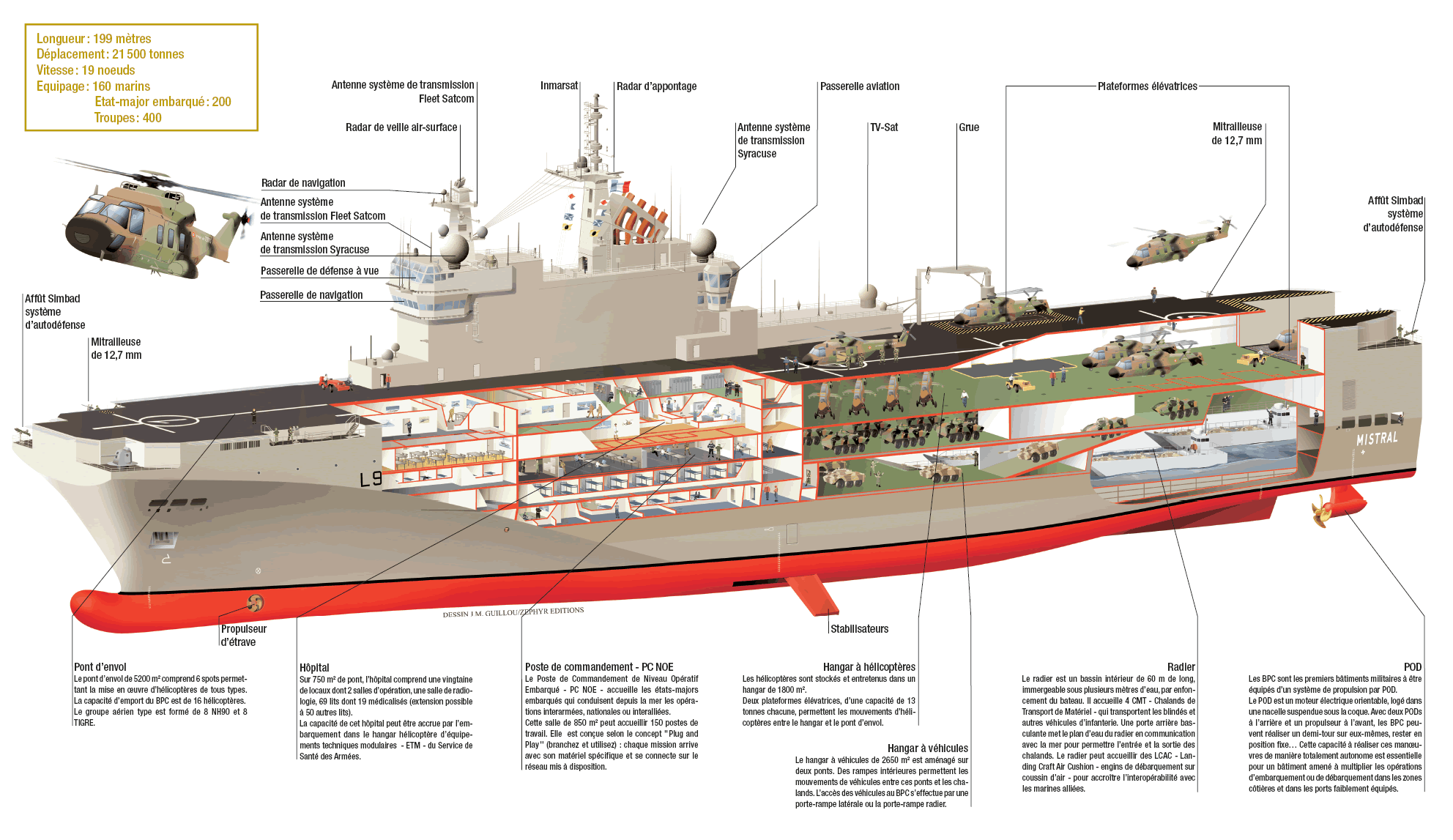A
Aussie Digger
Guest
Yeah, but the demands of warfighting (emergency procedures, flooding etc) are going to require a significant crew no matter the amount of automation.Agree to a degree. There is likely to be a comprehensive re-writing of roles in the generational shift in hardware on the new platform. We will do more with less (as others have mentioned).
Collins crews aren't exactly huge now...
Hence my caveat. However, no force element in ADF is being expanded to such a significant degree, not even OTHER ASW and ASuW assets, so I truly wonder what this acquisition is REALLY about, because pure ASW and ASuW capability ain't it...I am not sure I agree with this is a particularly strong argument. The strategic reasoning could well centre around our sovereign geography and the relative degree of defensibility of our shoreline against landings. Furthermore the acquisition of knowledge pertaining to the tactical operations of a broader fleet ought not be outside our capabilities.
Whilst I don't doubt the significant utility of a submarine and don't actually even object to the size of this planned fleet in of itself, I do wonder whether A) we'll ever see it and B) about the capability that we will have to forgoe to pay for it...
I'd suggest the maritime equivalent of a "combined arms" force, would provide greater capability. This decision seems akin to Army suddenly deciding it needs a force of "hundreds of main battle tanks", or the airforce suddenly needing 200x JSF's when the rest of the force is being left at it's present, historically small size and with relatively limited overall capability...At the heart of the Australian Defence Force is the the defence of the nation. There is no better defence than comparative advantage on the battlefield. No platform represents a greater unmitigated threat to a hostile force than our sub fleet. (IMO)
Again, I am not at all aware of the data used to support the acquisition of such a capability and I may be speaking out of my arse, but such a large fleet has not in any realistic way, been justified publicly by defence and seems more like a political decision to me..
Such a large fleet requirement has never appeared in RAN's Plan Blue or other recent strategic documents and Government's only "policy" on this requirement is this:
"
The White Paper reaffirms the long-held view that the primary task of the ADF is to deter and defeat armed attacks against Australia.
To this end, the White Paper recognises that the aim of establishing sea and air control in our primary operating environment does not entail a purely defensive or reactive approach. Rather, we must be able to conduct proactive combat operations at a distance from our shores.
This demands a mix of intelligence, defensive and strike assets to ensure both deterrence and, if that were to fail, an ability to impose unacceptably high costs on any potential adversary. Put simply, we need to be able to take warfare to an adversary’s front door.
The White Paper identified the need for Australia to develop and maintain a force that has a capability advantage and can provide protection against strategic uncertainty.
Submarines are able to stop an adversary from deploying its’ fleet by maintaining sea denial. By imposing disproportionate costs on an adversary, submarines represent an asymmetric threat well suited to Australia’s defence.
The Rudd Government has announced its decision to acquire 12 next generation submarines. The future submarine builds on our experience with the Collins class, aims to offer greater range, endurance and payload."
Absolutely NO link whatsoever between the number of subs and potential deployment activities. At least with the JSF purchase it is clearly identifiable - 4x operational squadrons. Army is given strategic direction - a brigade and a battalion.
With the subs - a lot of fluff and then "we are going to acquire 12x boats" IS the strategic direction that is publicly announced... I've no doubt that precise activities of the RAN submarine squadron IS classified. I've no problem with that. What I think should be releasable though, is WHY this many submarines is needed, when other RAN force elements groups and indeed ADF wide force element groups are NOT receiving such a massive enhancment.
The current Collins fleet of 6x is justified - 4x operational boats of varying readiness levels, providing 2x boats "fully" operational at any one time and 2x in varying degrees of maintenance / readiness is the operational requirement that has been publicly discussed.
A further 2x boats are provided to allow for a sustainment capability in the fleet over the longer term and to cater for deeper maintenance activities, though with a surge potential if needed for wartime activities. This has been discussed by defence.
Future submarines have no such strategic direction, publicly announced, which is why I firmly believe this decision is politically based, rather than operationally based.
So you can't see how a domestic nuclear power generation capability is relevant to nuclear powered submarines?I am going to disregard this simply because there is no evidence to suggest its relevent to the Sea 1000 project. Any attempt to directly associate the expansion of the sub fleet with an expansion in nuclear power in Australia is disingenuous hyperbole IMO. Unless there is hard evidence to be presented then any such discussion or comments should be redacted.
Where are the enriched uranium fuel rods, coming from perchance? Should our "strategically vital" submarine capability be totally reliant upon foreign powers?
Can a foreign power even legally export enriched uranium to Australia???
Personally I cannot envisage the circumstance that we would attempt to acquire a nuclear powered naval vessel, without the capability of refuelling same, domestically within Australia, hence my earlier point...

